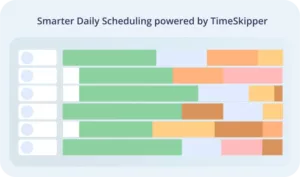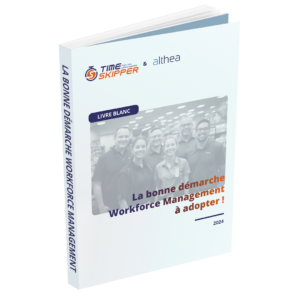A VERY TENSE ECONOMIC CLIMATE FOR BRANDS…
The current inflationary context is putting retailers under severe strain.
On the one hand, customers are consuming differently. Over the last few months, retailers have seen the volume of purchased products drop and a reorganized average basket: more entry-level products for each unit of need and far fewer “pleasure” purchases. Without any doubt, It’s a time for moderation.
In addition, we’re witnessing an increase in utility (electricity, heating, etc.) and product prices (linked to the increased cost of raw materials)… which cannot be passed on entirely to the end consumer. For electricity, for example, we’re talking about bills that have doubled or even quadrupled, increasing the annual amount from 75,000 to 300,000 euros.
But that’s not all: recruitment and turnover issues from the past persist. As proof, the usual fifty monthly resumes have been reduced to three at best… and rising salaries are adding to this already tough challenge.
The icing on the cake: the price war and the race for market shares are more than ever part of the equation, tending to tighten the competitive climate. And while some are managing to maintain a relatively winning price image, others are losing market shares and will have to react to remain attractive. Overall, profitability is deteriorating, putting certain brands or points of sale with too much debt at risk.
Now that the picture has been painted, what about the impact on the organization at the point of sale?
… WITH CONSEQUENCES ON STORE ORGANIZATION …
The least we can say is that this context causes a real distortion of store activity.
Indeed, as manufacturers cannot escape the inflationary phenomenon coupled with various shortages, shortages upstream of the supply chain – and consequently order rejections – have become the daily lot of stores. In this respect, some points of sale sometimes have to deal with shortages concerning entire product ranges! And the phenomenon is all the more complicated to anticipate as deliveries are random.
The activity is subject to a disconnection between planned working hours, i.e., teams on the field and the existing volumes. Employees are busy optimizing the font end so that the shelf space remains presentable or with other tasks, the relevance or priority of which sometimes remains to be demonstrated in this period of tension.
… WHICH REQUIRE BETTER WORKLOAD ADJUSTMENTS ACCORDING TO ACTIVITY VARIATIONS
In response to this situation, some companies are already implementing plans to save money and improve productivity. Indeed, working hours are at stake. The challenge is identifying high-risk tasks with high added value and adapting the activity to the incoming volumes. This means knowing how to balance the workload on certain days by distributing it better to save hours for later on.
Therefore, it’s necessary to have the means to measure the adjustment according to the volume of products to be put on the shelves and the flow of goods, to identify the sources of profitability, and to allocate the teams where the activity requires it, by eliminating the useless tasks and by avoiding the poorly used hours.
Therefore, the only controllable lever is to make every hour of work useful.
Timeskipper is a workload management tool designed to make every hour of work useful. And it does this while ensuring that the quality and profitability of points of sale are preserved. The Timeskipper solution supports food and specialized retail companies in the day-to-day management of their business but also helps them through periods of crisis such as the one they’re currently experiencing.
Points to remember:
Inflation reduces store profitability and means the teams’ work organization must be reviewed:
- by considering the daily variation of volumes and supply uncertainties
- by focusing on value-added tasks
- by assigning these tasks at the right time to the right person.
To achieve this, a workload calculation and management tool is recommended.





